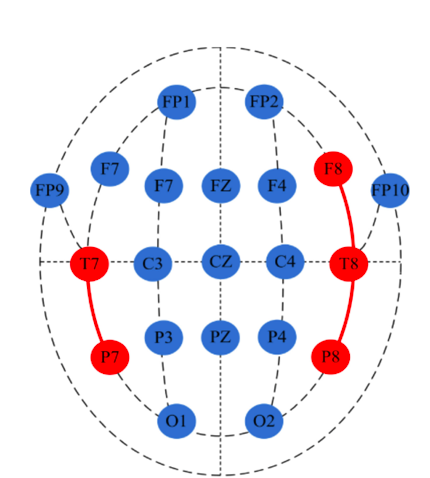Automatic seizure onset detection plays an important role in epilepsy diagnosis. In this paper, a novel seizure onset detection method is proposed by combining empirical mode decomposition (EMD) of long-term scalp electroencephalogram (EEG) with common spatial pattern (CSP). First, wavelet transform (WT) and EMD are employed on EEG recordings respectively for filtering pre-processing and time-frequency decomposition. Then CSP is applied to reduce the dimension of multi-channel time-frequency representation, and the variance is extracted as the only feature. Afterwards, a support vector machine (SVM) group consisting of ten SVMs is served as a robust classifier. Finally, the post-processing is adopted to acquire a higher recognition rate and reduce the false detection rate. The results obtained from CHB-MIT database of 977 h scalp EEG recordings reveal that the proposed system can achieve a segment-based sensitivity of 97.34% with a specificity of 97.50% and an event-based sensitivity of 98.47% with a false detection rate of 0.63/h. This proposed detection system was also validated on a clinical scalp EEG database from the Second Hospital of Shandong University, and the system yielded a sensitivity of 93.67% and a specificity of 96.06%. At the event-based level, a sensitivity of 99.39% and a false detection rate of 0.64/h were obtained. Furthermore, this work showed that the CSP spatial filter was helpful to identify EEG channels involved in seizure onsets. These satisfactory results indicate that the proposed system may provide a reference for seizure onset detection in clinical applications.

